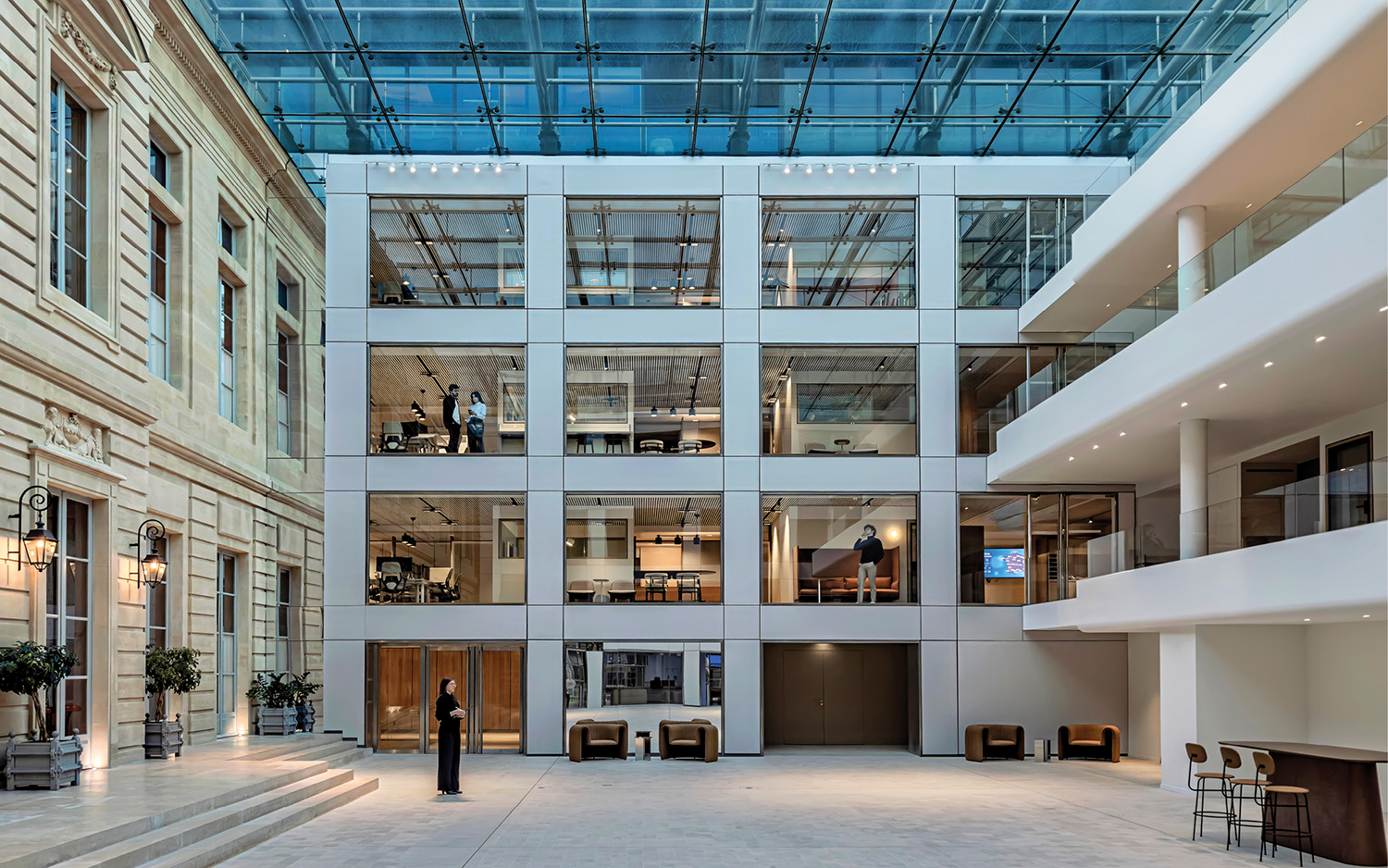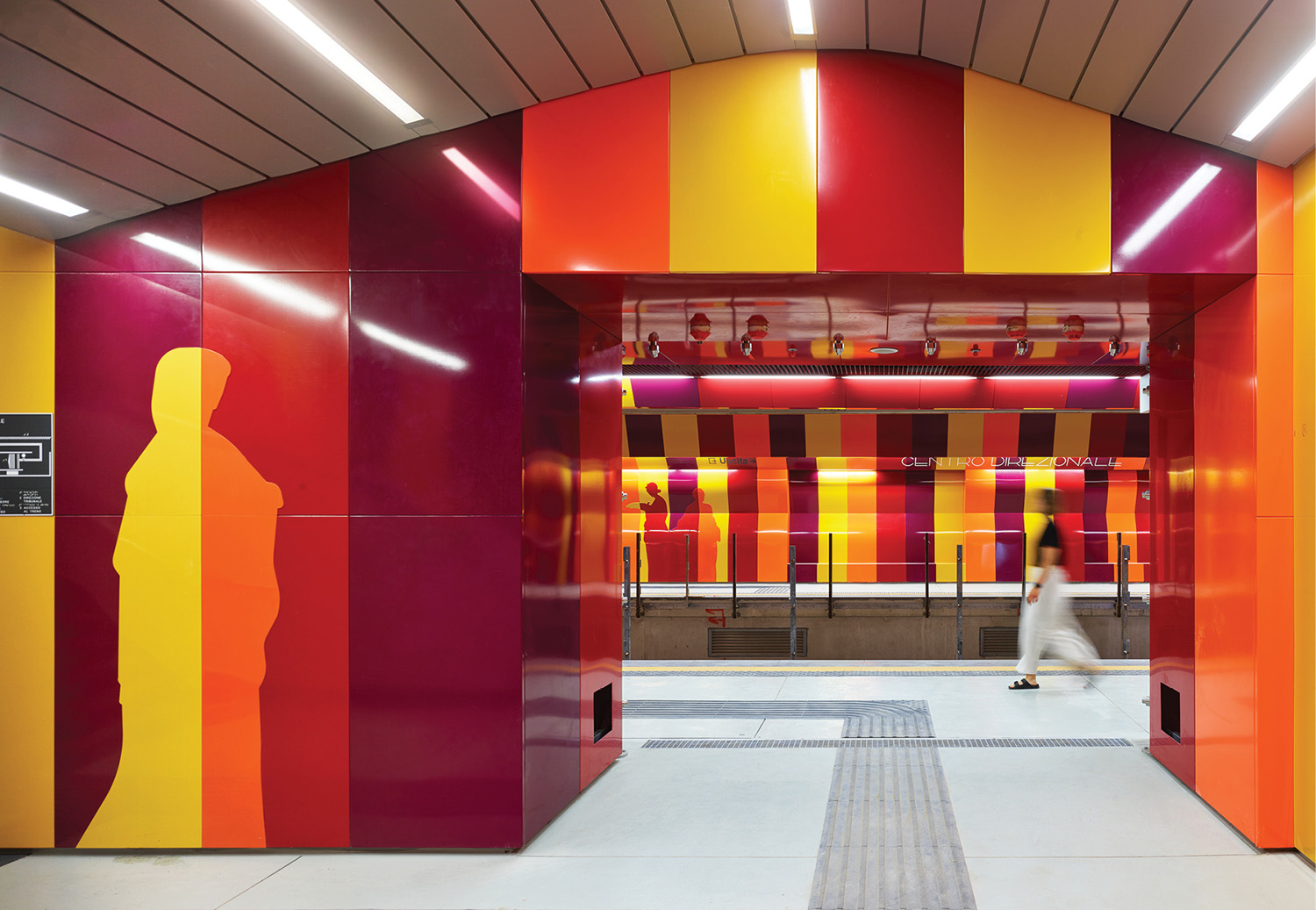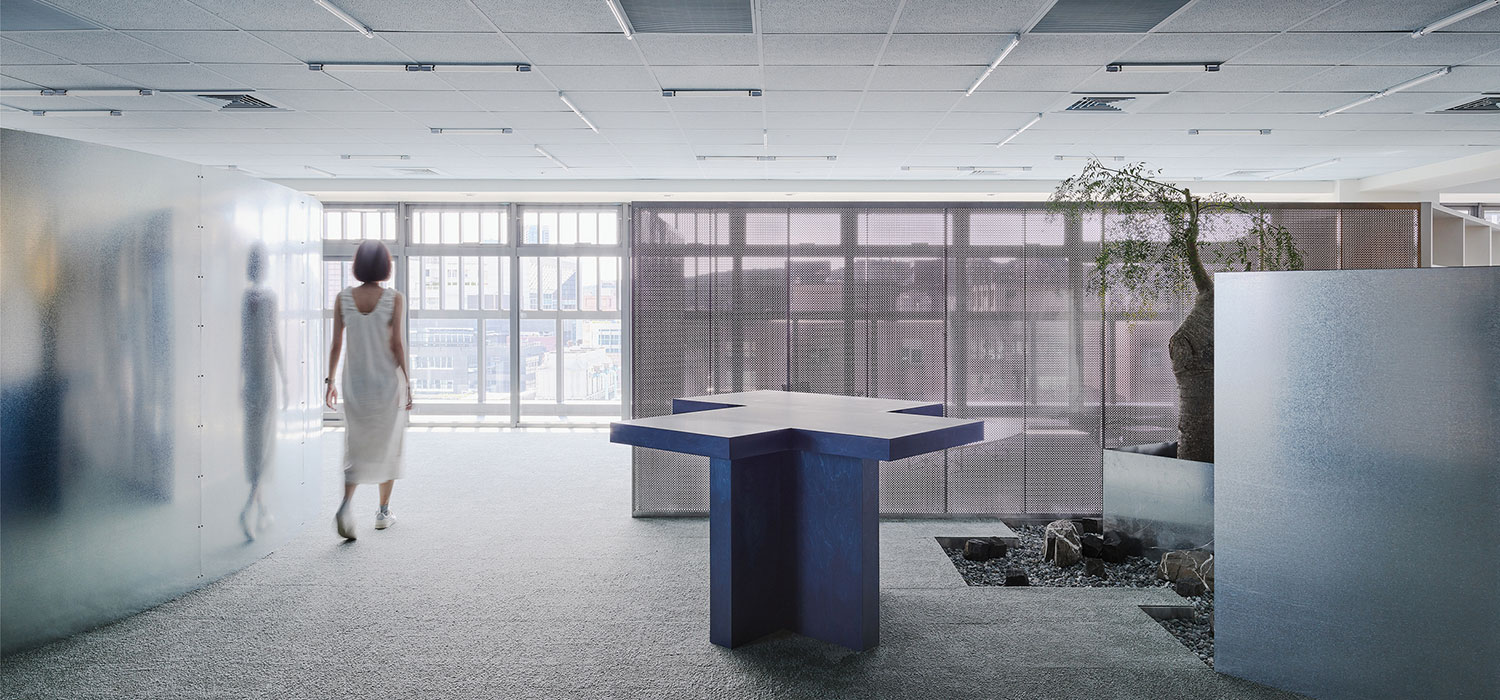Brokeback Manor: A Hudson, New York House With Panoramic Views
I hadn’t intended to give a name to my new house in Hudson, New York. But when I found a suitable site in 2005, the movie Brokeback Mountain was enjoying a huge success, and since the 4-acre lot sits atop a ridge in a residential enclave that’s largely gay and lesbian, the property inevitably became known as Brokeback Manor.
Readers who followed my interior design blog chronicling the construction of the 2,300-square-foot, three-bedroom house know it was an excruciatingly long and frustrating process. Yet the 4 1⁄2 years it took were nothing compared to the planning phase, which began about 45 years ago with preliminary concepts sketched in the margins of my school spiral notebooks. Had they been properly archived, I could have passed them on to my friend Joan Chan, principal of Chan and Mohney Architecture, who turned a Los Angeles schoolboy’s fantasy house into stucco-and-glass reality. As Joan says, “Paul is inventive and intuitive with his designs and loves certain colors. I tend to be more formal and symmetrical in my designs and love everything to be white or neutral. But we both compromised to make the house grand, lively, and comfortable.”
The house I first imagined when growing up in Beverly Hills had a large high-ceilinged living space, big expanses of steel-and-glass windows and doors, and sweeping views over the San Fernando Valley. Replace the last with the Hudson Valley, and you pretty much have Brokeback Manor as it is today: a Palladian pavilion reimagined by Ludwig Mies van der Rohe. I don’t know where my penchant for open-plan living, with no small rooms for designated activities, came from—certainly not my classic “southern-California Pennsylvania-Dutch-revival Style” childhood home—but it has remained a constant over the years. I’ve never thought of having my morning meal in the “breakfast room” or reading a book in the “study,” so my new house has a free-flowing, loftlike interior.
The flexible use of space starts right at the front door, where the vestibule, lined with tall mahogany bookcases, also serves as a library. It opens onto the main room, a 40-foot-long, 20-foot-wide, 12-foot-high space that incorporates the kitchen and dining and living areas. The adjoining master bedroom is a seamless continuation of this volume, though a floor-to-ceiling pocket door provides privacy when necessary. (On the other hand, no door separates the master bedroom from the bathroom; since the freestanding tub and filler can be seen from the bedroom, they were selected for their sculptural qualities as much as their functionality.) Most of the time, the bedroom masquerades as an annex to the living area—successfully, too, since I sleep on a daybed that’s designed to camouflage its true function. The arrangement recalls my post-college years in L.A., living in a small Spanish-style house where my “bedroom” was my “living room.” I’d get home, go directly to my room, and perch on my bed with my portable typewriter, TV remote, and phone; the rest of the house—even the kitchen—was no more than a corridor I passed through. While the kitchen at Brokeback is fully functional, I was careful not to “over celebrate” the culinary end of the main room. Eliminating overhead cabinets and tucking the refrigerator out of sight around a corner went a long way to achieving this. An early mistake was to tile the kitchen walls with honed Calacatta marble: “very Trousdale Estates,” my cousin said dryly, referring to the Beverly Hills residential development that exemplified nouveau-riche Hollywood taste when I was a kid. The offending material was soon replaced with limestone.
As happy as I am with the beautifully integrated architectural spaces Joan has given me, it is Brokeback Manor’s furnishings that give me most pleasure. Over the years, I have acquired roomfuls of furniture, objects, and art, most of which were in storage waiting for a new home. Several pieces were ordered for clients who then had a change of heart. Case in point: the two yellow armchairs in the living area, which were firmly rejected when the homeowner found out their buttery-soft leather upholstery was in fact buttery-soft vinyl. (I have no problem with vinyl in my house.) The neighboring Le Corbusier armchairs I’ve owned for decades. since their original black-leather upholstery was not only falling apart but also something of a design cliché, I recovered them with velvety red suede, which gives them a fresh Pop vibrancy.
Working on a budget, I was worried I wouldn’t be able to afford overhead fixtures big enough to do justice to the dimensions of the main room. By chance I came across a pair of large drum pendants; made in India of bronze, they were not only the right scale but also the right price: less than $1,000 each. Another piece that’s just the right size is the 4 1⁄2-foot-square cocktail table of my own design. Comprising a bleached-oak top on a steel base, it was inspired by a French stone-and-iron antique cafe table that now sits across the room. I bought the little table 40 years ago at the general store, a fabulous and much-missed design emporium in Beverly Hills, and it has remained with me ever since. Like those schoolbook sketches, it’s part of how a young Californian’s dream house was finally realized on the East Coast as Brokeback Manor.


